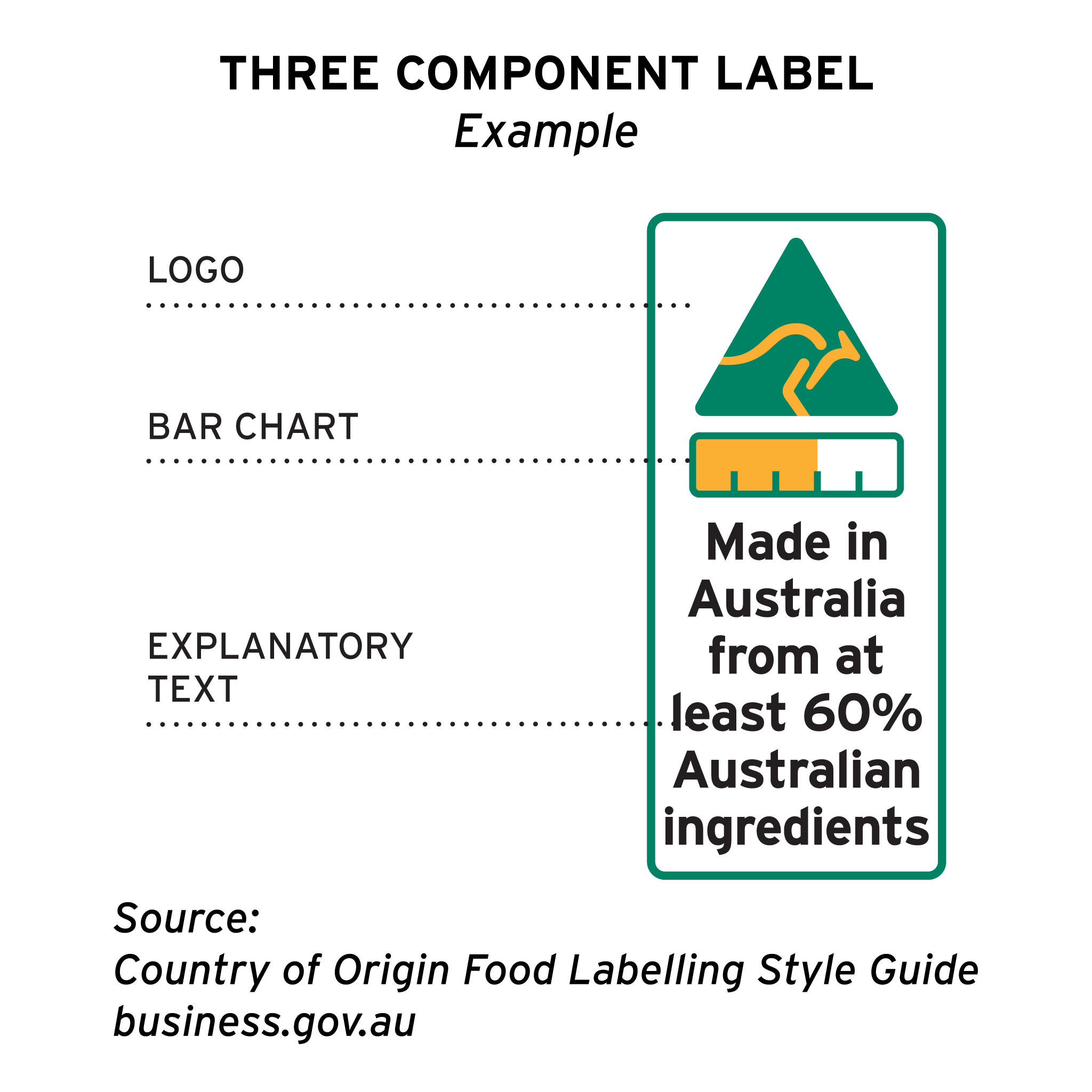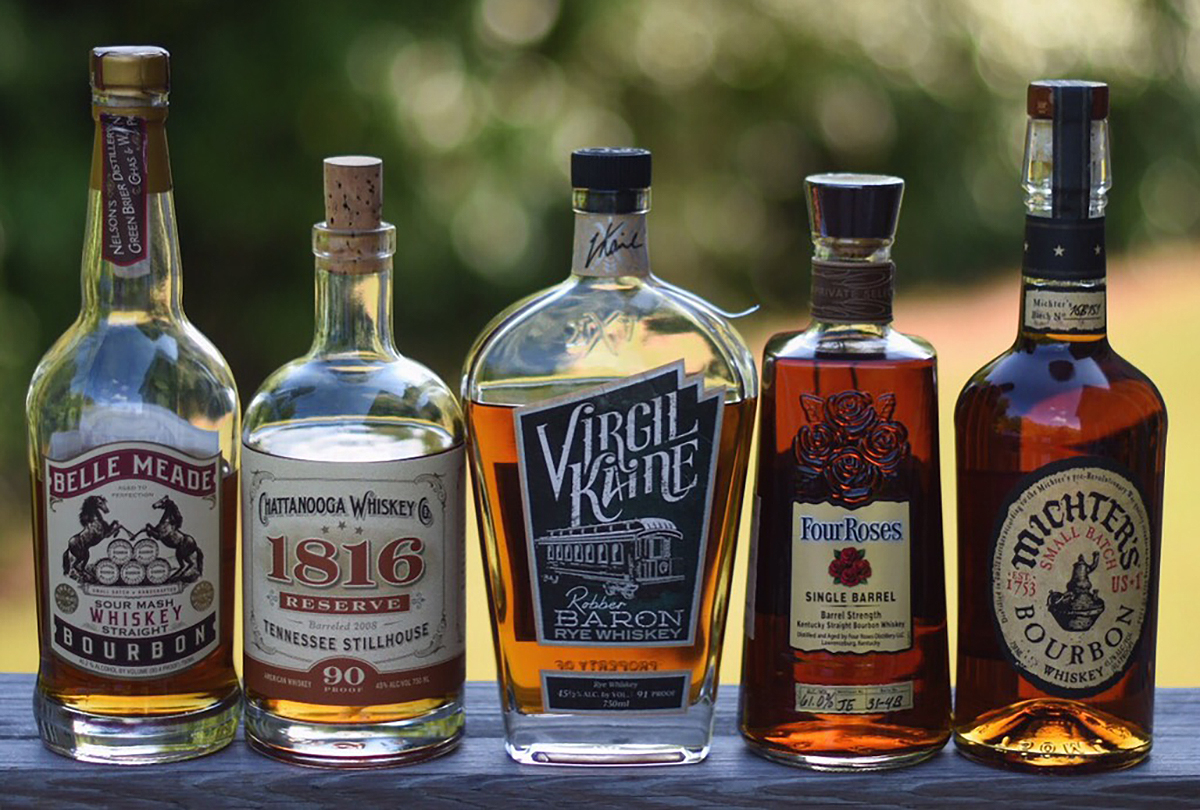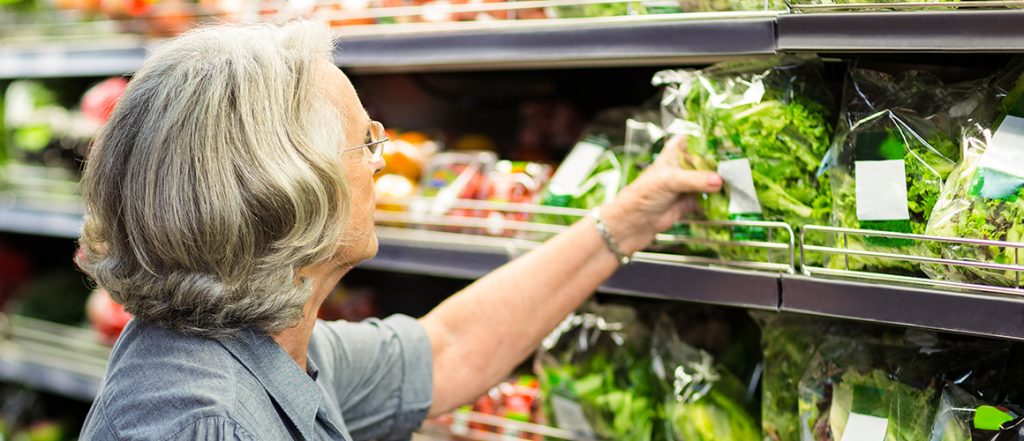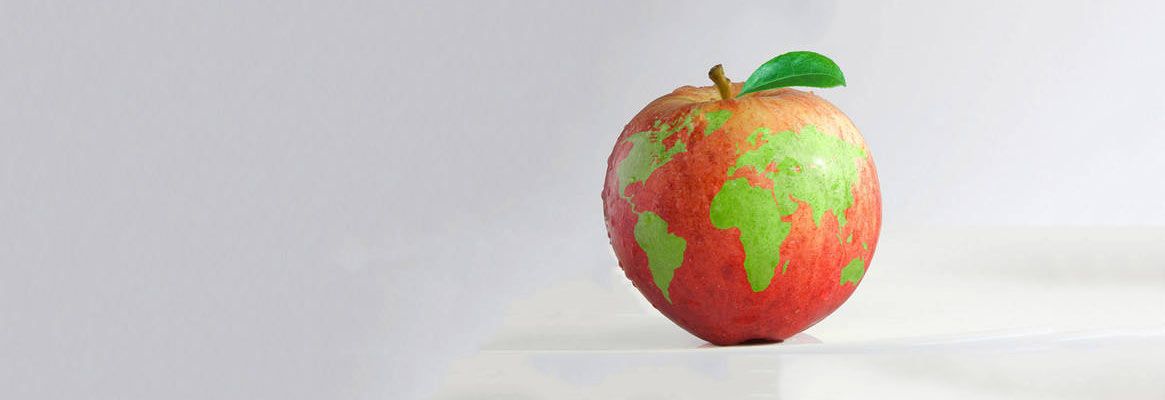40 is country of origin required on labels
Country of Origin: Labeling, Marking and Declaring U.S. Imports As we shall see below, determination of country of origin can be geared towards (1) marking and (2) declaration purposes. It is possible to be legally required to mark a product as "Made in Country A," while declaring to Customs that the product is of country's B origin in order to take advantage of the preferential trade agreement. A Brief History and Overview of Country of Origin Labeling Requirements Country of Origin Labeling (COOL) laws and regulations require retailers to notify their customers of the country of origin of covered commodities, which include beef, veal, lamb, chicken, fish and shellfish, goat, pork, perishable agricultural commodities, macadamia nuts, pecans, ginseng, and peanuts.
Origin Labeling Requirements for Imported Commodities Passed Tuesday, June 15, 2021 We have previously reported on proposed Senate legislation that would require country of origin labeling (COOL) for imported commodities sold online. On June 8, 2021, the...
Is country of origin required on labels
EU - Labeling/Marking Requirements The first step in investigating the marking, labeling, and packaging legislation that might apply to a product entering the European Union is to draw a distinction between what is mandatory and what is voluntary. Decisions related to mandatory marking, labeling, or packaging requirements may sometimes be left up to individual Member States. Country of Origin Marking Requirements | PackagingLaw.com Under the Tariff Act of 1930, every article of foreign origin (or its container) imported into the U.S., unless exempted, must be marked in a manner that will indicate to the ultimate purchaser the article's country of origin. For example, goods originating in China must be marked, "Made in China" or "Product of China." Mandatory country-of-origin labeling (US) - Wikipedia Country of origin labeling (COOL) (or mCOOL [ m for mandatory]) is a requirement signed into American law under Title X of the Farm Security and Rural Investment Act of 2002 (also known as the 2002 Farm Bill), codified at 7 U.S.C. § 1638a as Notice of country of origin.
Is country of origin required on labels. Which foods are covered in the country of origin labeling law? Knowledge Article. Foods that must be labeled with their country of origin are: 1. Muscle cuts of beef (including veal), lamb, pork, goat, and chicken; 2. Ground beef, ground lamb, ground pork, ground goat, and ground chicken; 3. Wild and farm-raised fish and shellfish; 4. Country of Origin Requirements in the United States: An Overview Country of origin rules generally requires that the manufacturing country of origin is permanently labeled on the product and its packaging. However, this is different when it comes to watches. The origin of wristwatches is determined by the origin of the movement, rather than the country of watch assembly. Country of Origin Labeling (COOL) Frequently Asked Questions Country of Origin Labeling (COOL) is a consumer labeling law that requires retailers (most grocery stores and supermarkets) to identify the country of origin on certain foods referred to as "covered commodities". The long, tangled story behind country-of-origin labels The Tariff Act of 1930, which built on the 1890 law, required that "every article of foreign origin (or its container) imported into the U.S. shall be marked with its country of origin," unless it...
Country of Origin Labeling of Agricultural Products Items that are imported in consumer-ready packages also are required to be labeled with country of origin information. Country of Origin Labeling Qualifications. To be considered a product of the United States, beef (including veal), pork, lamb, chicken, and goat must be derived from animals that meet these criteria: Does Canada Have Label Requirements For Imported Goods? Unfortunately, all Canadian labelling requirements are not found in one single place. Some examples of Canadian labelling requirements (and helpful resources) are: For more information, please contact Cyndee Todgham Cherniak at 416-307-4168 or at cyndee@lexsage.com. eCFR :: 19 CFR Part 134 -- Country of Origin Marking Labels and similar articles so marked that the name of the country of origin of the label or article is visible after it is affixed to another article in this country shall be marked with additional descriptive words such as "Label made (or printed) in (name of country)" or words of similar meaning. Food labelling: country of origin - GOV.UK country of slaughter. If all these activities took place in a single country, the label 'Origin: [name of country]' is acceptable. For the GB market, 'United Kingdom' is the origin label ...
U.S. Customs and Border Protection Preview Country of origin | ACCC Country of origin food labels. Most of the foods you buy need to display country of origin labels. Look out for these labels on food packages or in-store signage. Different labelling requirements apply depending on: whether the food is grown, produced, made or packed in Australia or another country PDF Country of Origin Labelling Requirements - Comparative Research and ... • different and multiple requirements for an indication of origin: - commercial invoice (and further supportive documentation) - customs import declaration (and further import documents like permits) - certificate of (non-preferential) origin (coo) - proof of preferential origin - origin labelling (and marking) - voluntary labelling as a free … What Is Country of Origin Labeling? An Overview According to U.S. Customs and Border Protection (CBP), every article of foreign origin entering the U.S. must be legibly marked with the English name of the country of origin, unless an exception from marking is provided in the law. The country of origin is defined as the country of manufacture, production or growth of an article.
Q&A: Country of Origin Labeling - Chuck Grassley The Country of Origin Labeling Act (COOL) of 2002 required the USDA's Agricultural Marketing Service to implement new food labeling requirements for retail-ready commodities that would allow consumers to know where their food comes from and give producers an opportunity to promote food made here in the U.S.A.
CPG Sec. 560.200 Country of Origin Labeling CPG Sec. 560.200 Country of Origin Labeling BACKGROUND: A statement of the country of origin on the labeling of imported foods is not required by the Federal Food, Drug, & Cosmetic Act. This is a...
Country of Origin Labeling (COOL) | Agricultural Marketing Service Country of Origin Labeling (COOL) is a labeling law that requires retailers, such as full-line grocery stores, supermarkets and club warehouse stores, to notify their customers with information regarding the source of certain foods.

Country of Origin Labels – Country of Origin Labels Manufactured and Printed to Order – PA ...
Canada - Labeling/Marking Requirements Last published date: 2021-08-20. The Canadian Consumer Packaging and Labeling Act requires that all labels be bilingual in English and French and that the following information appear on the package/label of consumer goods sold in Canada: · Product Identity Declaration: describes a product's common or generic name, or its function.
European Union Product Labeling Requirements: A Complete Guide No, country of origin labeling is generally not required in the European Union. That said, many products sold in the European Union still carry a country of origin label (e.g. Made in China) as this is a requirement in many other countries, including the United States.
Country of origin food labelling | business.gov.au Country of origin labelling is not required on the following food products: foods not for human consumption (for example, pet food) foods sold in restaurants, cafes, take-away shops or schools foods sold at fundraisers foods sold from the same premises in which they have been made and packed.
Country of origin labelling online tool | business.gov.au The tool only generates standard mark labels. It doesn't generate country of origin statements (without the outline box) but it does show you how to create your own origin statement. If the tool recommends no label, it means the food product does not require a standard mark or a country of origin statement. Prepare to use the online tool
Compliance FAQs: Packaging and Labeling in the US | NIST title 19, united states code, chapter 4, section 1304 and 19 cfr 134, country of origin marking regulations require that every article of foreign origin (or its container) imported into the u.s. be marked in a conspicuous place as legibly, indelibly, and permanently as the nature of the article (or container) will permit, and in such a manner as …
New changes to Country of Origin Food Labelling, taking place throughout Australia | SBS Your ...
U.S. Labeling Requirements for Textile and Apparel Products In general, textile and apparel products sold in the United States must be labeled with the following information: the fiber content, the country of origin, the manufacturer or dealer identity, and the care instructions. For a detailed description of these requirements and other important labeling information, please see the FTC website ...
Threading Your Way Through the Labeling Requirements Under the Textile ... The Rules require labels to disclose the country where the product was processed or manufactured. The FTC amended sections 303.33 (d) and (f) and 300.25 (d) and (f) to clarify that the country where an imported product is processed or manufactured is the country of origin as determined under the laws and regulations enforced by Customs. E-commerce.

LYLE Caution Sign, PPE Required Hard Hat Safety Glasses Hearing Protection Safety Shoes - 456A38 ...
Product Labeling Regulations in the US, EU and Australia Warning labels and user instructions. Some labeling requirements apply to all, or a wide range of, product categories. For example, all products in the US must be labelled with the country of origin (i.e., Made in China). In the European Union, many products must be CE marked. Other labeling requirements apply to specific products.
Mandatory country-of-origin labeling (US) - Wikipedia Country of origin labeling (COOL) (or mCOOL [ m for mandatory]) is a requirement signed into American law under Title X of the Farm Security and Rural Investment Act of 2002 (also known as the 2002 Farm Bill), codified at 7 U.S.C. § 1638a as Notice of country of origin.
Country of Origin Marking Requirements | PackagingLaw.com Under the Tariff Act of 1930, every article of foreign origin (or its container) imported into the U.S., unless exempted, must be marked in a manner that will indicate to the ultimate purchaser the article's country of origin. For example, goods originating in China must be marked, "Made in China" or "Product of China."
EU - Labeling/Marking Requirements The first step in investigating the marking, labeling, and packaging legislation that might apply to a product entering the European Union is to draw a distinction between what is mandatory and what is voluntary. Decisions related to mandatory marking, labeling, or packaging requirements may sometimes be left up to individual Member States.









Post a Comment for "40 is country of origin required on labels"